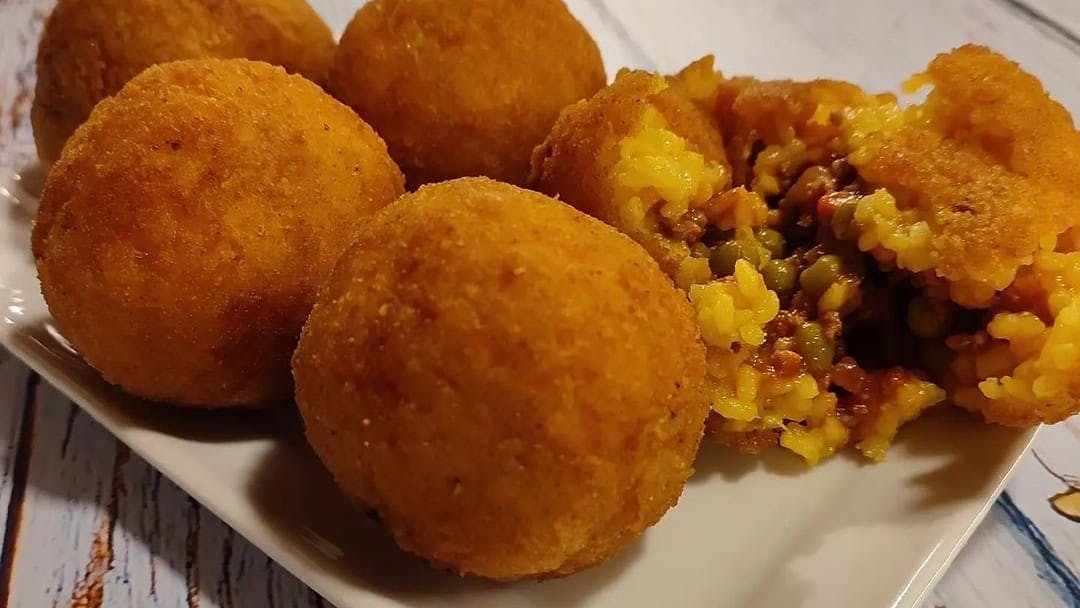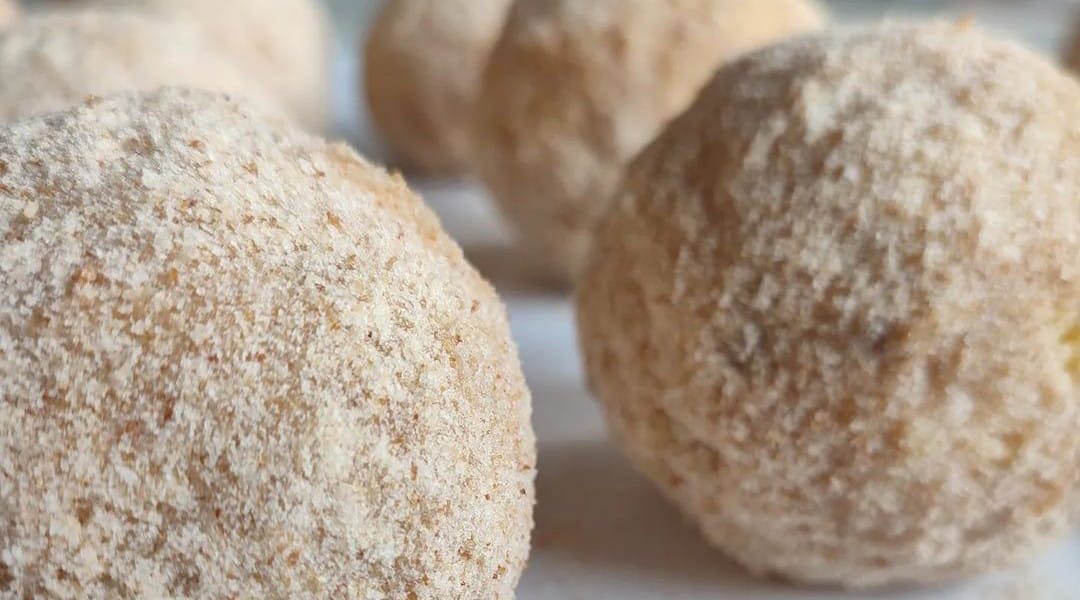

Are the Catanese right in preferring the masculine name or the Palermitans right in using the feminine? An eternal dilemma still unresolved. In Sicily, if the question is mentioned, it is likely to trigger heated debates in which the inhabitants of the different parts of the island ‘quarrel’ over the correct name.
If in Catania the arancino is the undisputed king, with a slightly more elongated shape that symbolically imitates Mount Etna, in Palermo the arancina reigns supreme, with a rounded shape similar to the orange fruit.
What is certain is that, in both cases, we are talking about an explosion of flavours. A crunchy golden shell obtained by frying, which transforms this tasty food into a street food which we can find everywhere: in markets, in bakeries, in frying shops and on stalls.
This Sicilian speciality has been recognised and officially included by the Ministry of Agriculture, Food and Forestry Policies, in the list of PAT (Traditional Italian Food Products).
With the recipe of Cesarina Francesca Maria from Bagheria, you can have fun preparing these delicious stuffed, breaded and fried rice balls.

The recipe for preparing arancina: Sicilian street food
Ingredients
- For the rice:
- 2 litres and 400 ml water
- 1 kg native rice
- 2 stock cubes
- 2 sachets of saffron
- 120 g butter
- 2 bay leaves
- Salt and pepper as needed
For the meat sauce: - 500 g mixed mince (beef and pork)
- 1 white onion
- 1 celery stalk
- 1 carrot
- 150 g peas
- 300 ml tomato puree
- 2 tablespoons of tomato paste
- 1 glass of water
- 1/2 glass of wine
- Salt and pepper as needed
- extra virgin olive oil
- 2 bay leaves
For the breading: - Breadcrumbs to taste
- 400 g 00 flour
- 800 ml water
For frying: - Sunflower oil
Method
Preparation of the rice:
- In a large pot, pour the water, add the stock cubes, butter, bay leaves, salt, saffron and bring everything to the boil;
- When the water boils, pour in the rice and lower the heat, keeping it very low;
- Cook for about 12-15 minutes until the rice is cooked al dente and dry;
- Once ready, transfer the rice to a baking tray and spread it out with the help of a wooden spoon;
- Cover it and allow it to cool.
Preparation of the meat sauce:
- In a saucepan, add a little extra virgin olive oil, a chopped carrot, celery and onion and sauté for a few minutes;
- Add the bay leaves and continue cooking for a few more minutes;
- Add the minced meat and stir, cooking for a few minutes;
- Deglaze with the wine and let it evaporate completely;
- Once it has evaporated, add the tomato paste, season with salt and pepper and, stirring continuously, add the water and continue cooking for a minute;
- Add the tomato puree, cover with a lid and cook for about 10 minutes, until the cooking liquid has set;
- Add the peas and cook over a moderate flame until the sauce is thick and dry.
- Once ready, leave to cool.
Preparation of the Arancine:
- As soon as the rice has cooled down, start working it with your hands, forming balls the size of the palm of your hand;
- Form a hole in the centre and insert the seasoning;
- Shape the arancine making them smooth and compact on the surface.
Breading and frying:
- In a bowl, pour the water and add the 00 flour a little at a time, working with a whisk until a smooth, lump-free batter is obtained;
- Dip the arancine in the batter and then in breadcrumbs;
- Fry the arancine in plenty of hot seed oil.
Are you curious to discover all the secrets of Sicily's most talked-about and loved street food? Discover our themed experiences!
What is the real history of Sicilian Arancini?
The origins of this dish date back to the period of Muslim domination, between the 9th and 11th centuries, when during banquets the Arabs used to place at the centre of the table a tray full of saffron-flavoured rice, seasoned with lamb and vegetables, to be rolled in the palm of the hand. The Arabs themselves are credited not only with the appearance of the dish but also with its name, as they often combined names of fruits with round preparations and hence the association with the orange, or rather, with a small orange, thus the choice of the feminine ‘arancina’.
For the breading, we have to wait a few more years thanks to an ingenious invention! The great idea is attributed to King Frederick II of Swabia who wanted to have food that was easy to transport during his travels and hunting expeditions.
The crispy breadcrumbs obtained by frying would have ensured excellent preservation of the rice and its seasoning, as well as better transportability.
Is it ‘Arancino’ or ‘Arancina’?
In Giuseppe Biundi's Sicilian-Italian Dictionary of 1857, the term ‘arancinu’ appears, defined as a ‘sweet rice dish made in the shape of a melarancio’, while the change to salty is documented in Antonino Trina's Nuovo vocabolario siciliano-italiano of 1868.
If the original term is ‘aranciu’, how can we translate it into Italian? Arancina or Arancino? To try and put an end to this healthy diatribe, we need the intervention of the Accademia della Crusca. What is its position on the issue?
The starting point identified by the Accademia della Crusca is the term ‘arancinu’, because in Sicilian dialect the orange is called ‘aranciu’. The word, with the gradual spread of Italian in our country, was then transformed in various regional Italians into ‘arancio’ and not ‘arancia’.
Is Arancino really the correct version? Yes and no! In standard Italian, the correct one for all intents and purposes, ‘arancia’ is the correct term for the orange fruit. In conclusion, the Accademia della Crusca considers both forms to be valid!